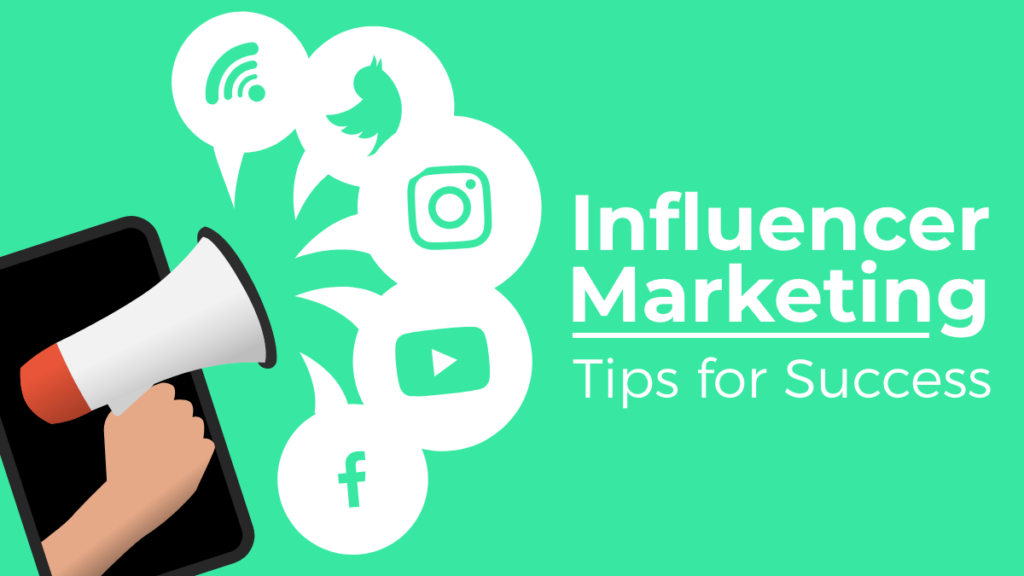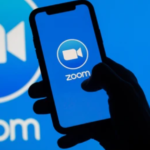Empowering a creator to speak on behalf of your business is what influencer marketing entails. While this is an excellent technique for expanding your company’s reach, it does pose a danger to brand safety. When brands engage in influencer marketing strategies, they must ensure that they deal with legitimate and trustworthy creators who will not harm their brand’s prominence. In today’s environment, brand loyalty is poor; therefore, firms must rely on trust and openness to attract new customers.
When Cristiano Ronaldo teamed up with a Japanese company for Facial Fitness Pao, every marketer got taken away. Ronaldo is presumably still smacking his temples over the influencer marketing blunder. It demonstrates how unmanaged influencer marketing may result in a public relations problem or in spending large marketing budgets. The truth is that with the correct precautions in place, threats get reduced. Let’s look at some ways to protect your brand security during influencer marketing.
Bonafide Influencers
If one is a sustainable nature brand and employs an influencer who has a past of promoting plastic, the chemistry fails! Brands must do their homework to ensure authenticity; they should examine an influencer’s previous campaigns, evaluate their content style, and investigate influencer profiles in the press as part of the process of identifying influencer profiles. Brands must make sure influencers have a genuine connection with their business’s concept. Does the influencer align with our promotion strategy? This is a crucial question a brand should ask while searching for an influencer.
Influencer Marketing Platforms
Before developing a partnership, brands neglect to analyse their influencers’ “real fan base.” It’s a waste of money to pay for influencers who aren’t reaching actual individuals in a brand’s target audience; thus, fake followers are a massive problem for brand safety. Spammy comments on your company’s Instagram posts don’t produce real engagement or a great brand image. Here’s where Influencer marketing platforms come in handy, providing brands with the analytics they need to know before hiring an influencer. These platforms give them legitimate fan bases on influencer profiles, allowing them to get the most out of their campaigns.
Campaign Brief
Ensuring to keep both sides on a similar page is a crucial task for brands. It can be achieved by providing influencers with a clear brief that includes their expectations and precise specifics like key messaging, and do’s and don’ts. They can offer directions for content creation and define keywords to use (and avoid). Brands must offer as much information and context as possible to assist influencers in understanding the company, goods, and objectives.
Influencer Contracts
As the influencer marketing industry grows, these contracts become more widespread. A contract eliminates the risk for both parties by laying the groundwork for a transparent and effective relationship by putting the working agreement on paper. Contracts may be a vital tool for brand safety since they include content clearance and delivery timeframes. Brands may reduce risk by personally signing off on any material released by having content approval as part of the contract. These contracts serve as a safeguard for both companies and influencers, laying out expectations, pay, cancellation, and failure-to-deliver terms. They enable brands to handle exclusivity and compliance while ensuring fair compensation for influencers.
When implementing influencer campaigns, brands can guarantee that they’re cultivating beneficial influencer connections that reduce brand safety concerns and meet their objectives by putting these procedures into action.



